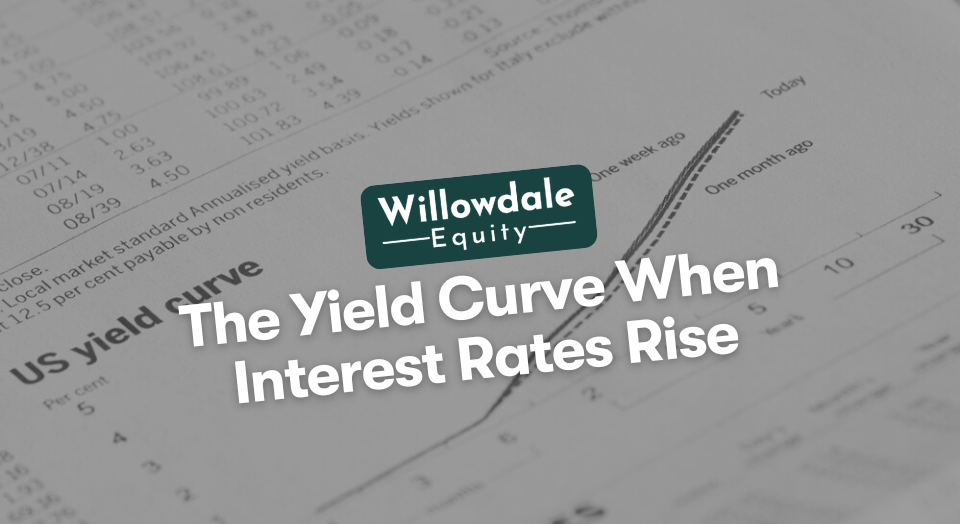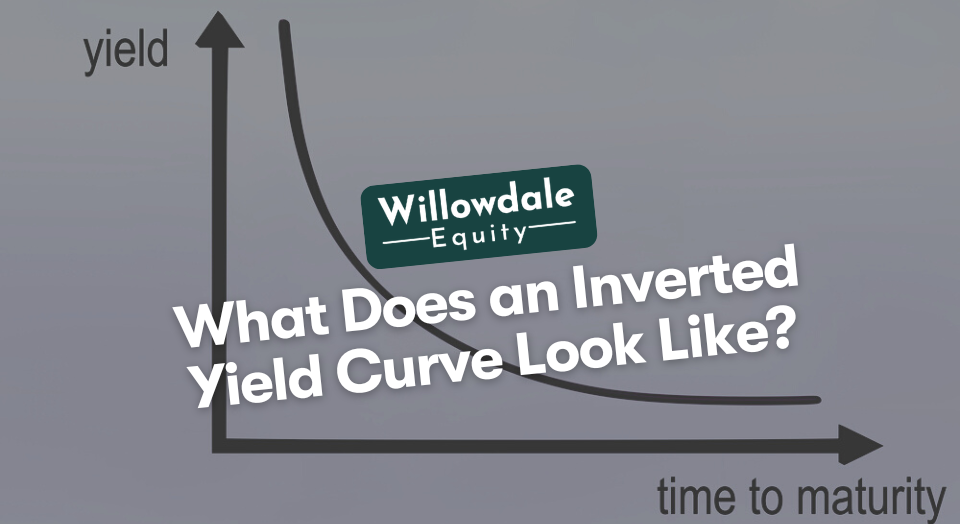
Are Fannie Mae Loans Non-Recourse for Multifamily?
A working definition of these two terms is necessary to ascertain whether or not FNMA loans are full recourse or non-recourse loans. A recourse loan is one where in the event of a default, a lender can pursue additional assets, including the property’s income stream of a borrower, if the debt exceeds the collateral. In the case of non-recourse financing (like a reverse mortgage), the amount allowed for the lender to pursue is the amount specified in the loan agreement.
Both types of loans may be collateralized to the property. The loan agreement will specify whether or not the lender, in their unique discretion, can seize and sell off property or properties in the event the amount collected is insufficient to recoup further losses.
In this article, we discuss how Fannie Mae functions and whether or not these loans are recourse or non-recourse loans.
Key Takeaways
-
FNMA loans are, typically, non-recourse loans in multifamily real estate. The government guarantees commercial real estate loans and apartment building loans.
-
Commercial real estate and multifamily investors choose non-recourse loans for their needs, and the most popular reason is to lower their risk as a borrower.
-
Sometimes things happen in real estate beyond a borrower’s control, and you shouldn’t put your other assets and investors at risk.
What is Fannie Mae Loans?

Fannie Mae loans are conventional, conforming mortgages that, upon closing, are bundled and sold to the FNMA as mortgage-backed securities to provide institutional investors and bankers mortgage money to lend to other consumers.
This is what keeps the monetary flow in the mortgage industry moving. FNMA is an agency that regulates lenders and other mortgage providers, whether they are correspondent lenders (i.e., direct lenders) or portfolio lenders (i.e., mortgage brokers). After closing, services-related actions occur, including crediting accounts for principal and property taxes and/or collecting on defaulted loans. FNMA loans typically are non-recourse loans.
Are Fannie Mae Loans Non-Recourse?
FNMA loans are, typically, non-recourse loans in multifamily real estate. The government guarantees commercial real estate loans and apartment building loans. Non-recourse loans have a criterion that differs from traditional single-family residence lending, and the investor(s) is/are not personally liable for the debt. The rates, like the costs, are typically higher.
Related Read: The Difference Between Recourse & Nonrecourse Loans in CRE
Why do Multifamily Investors Typically use Non-Recourse Multifamily Loans?
Also, when it comes to larger assets like multifamily that require more significant gross loan proceeds, in many cases, the real estate sponsor will bring in an additional partner to help sign the loan to help bolster the sponsor’s net worth and liquidity to help qualify for the loan. These partners that join in on the loan are often referred to as a Key Principle or KP, and then typically will only sign on non-recourse debt to lower their risk.
These loans protect other items in the portfolio from seizure in the event of a default. Non-recourse loans are the best selection for an investor to avoid risk exposure.
Fannie Mae Non-Recourse Financing
Non-recourse apartment loans are available through the FNMA. The lender’s only protection is via the loan collateral without a personal guarantee. This protects the individual investors from the lender seizing their personal assets, except in cases of fraud, deception (like intentionally declaring bankruptcy), or, more egregiously a violation of the RICO or other criminal acts.
There are whats referred to as “bad boy carve-outs” that do, in fact, allow the lender to seek recourse on the borrowers if there was foul play or any fraudulent activity with the property.
Interest Rates

In the mortgage market, rates are determined by a variety of factors. Bond pricing and yields drive commercial real estate loan programs and rates for multifamily properties. The pricing of the bonds and the yields work in opposition to each other. When the price goes up, yields come down, and interest rates move lower, and if the price goes down, yields go up, so do rates. It will help determine investor confidence, inflation, and other factors affecting mortgage rates.
For investors to have confidence in their investment portfolios, interest rates must be tracked so there is not too much exposure to risk. The interest rate an investor will eventually lock when a borrower signs in is also affected by the property type, the number of units, and making sure other services are available to the tenants.
Pricing Flexibility
Pricing flexibility is determined by the type of loan one is looking at leveraging. Recourse loans have more flexibility in terms of rate and pricing adjustments, making closing on a multifamily asset easier. Recourse loans will also provide a lower rate because of the bank’s options to collect on a defaulted loan. Non-recourse loans, by their very nature, have a lot more restrictions on rate adjustments, pricing adjustments, and other costs.
Execution Speed
Because market conditions change rapidly, a seller frequently wants a speedy closing. Technology and computer programs like Point and Contour are exemplary for originating loans for single-family residences. Agency loan originators for multifamily properties use the technology company ALEX since it is the gold standard.
This program allows for streamlining the documentation process, depending on the investor’s credit and the earnest monies being paid. Traditional banks usually cap the loan values to 75%; however, direct FNMA lenders can go as high as 80% LTV.
Frequently Asked Questions About Non-Recourse Multifamily Loans
It is harder to obtain a non-recourse loan than a recourse loan because there is more risk to the lender. This is because in a non-recourse loan, the lender can’t seize other assets should a default occur and the collateral is insufficient to cover the loan.
Mortgages can be either recourse or non-recourse. It depends on the type of loan the borrower is attempting to lock into and other restrictions a lender may have.
Fannie Mae Loans in Multifamily - Conclusion
FNMA lending has evolved to a point where a whole menu of types is available for the investor to choose from for a multifamily property, including fixed-rate and balloon-type loans. The term for a balloon-type loan is fixed for 3, 5, 7, or 10 years and at the end of the fixed rate period, the entire balance is due and payable unless the investor refinances the balance.
These loans can be either recourse or non-recourse loans with the lower rates and costs available with recourse loans, with the advantage of protecting the investor by limiting his exposure to risk with a non-recourse loan. The tradeoff is a higher rate, higher costs, or a combination of both.
If you’re building long-term wealth through private equity illiquid tax-advantaged multifamily real estate across the southeastern United States, join the investor club here at Willowdale Equity today.
Sources:
- Investopedia, “Fannie Mae: Loans, HomePath, and All You Should Know“
- Investopedia, “Non-Recourse Finance“
- Arbor, “Fannie, Freddie or Banks: Which Apartment Lender is Best for You?“
Interested In Learning More About PASSIVE Real Estate Investing In Multifamily Properties?
Get Access to the FREE 5 Day PASSIVE Real Estate Investing Crash Course.
In this video crash course, you’ll learn everything you need to know from A to Z
about passive investing in multifamily real estate.
We’ll cover topics like earned income vs passive income, the tax advantages, why multifamily, inflation, how syndications work, and much much more!




